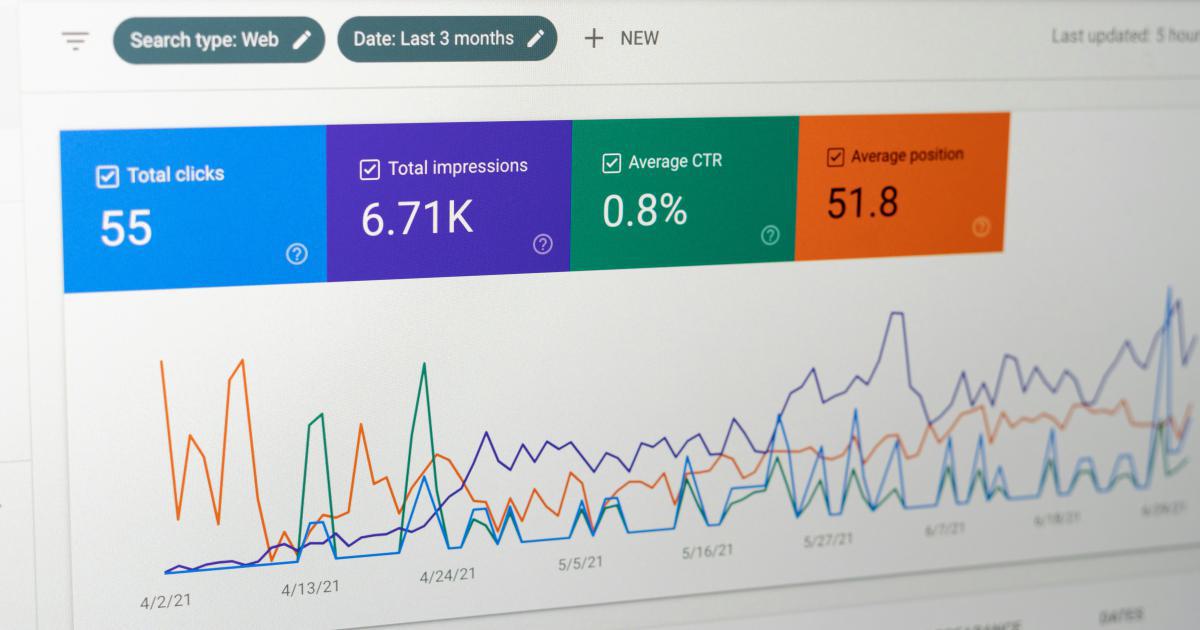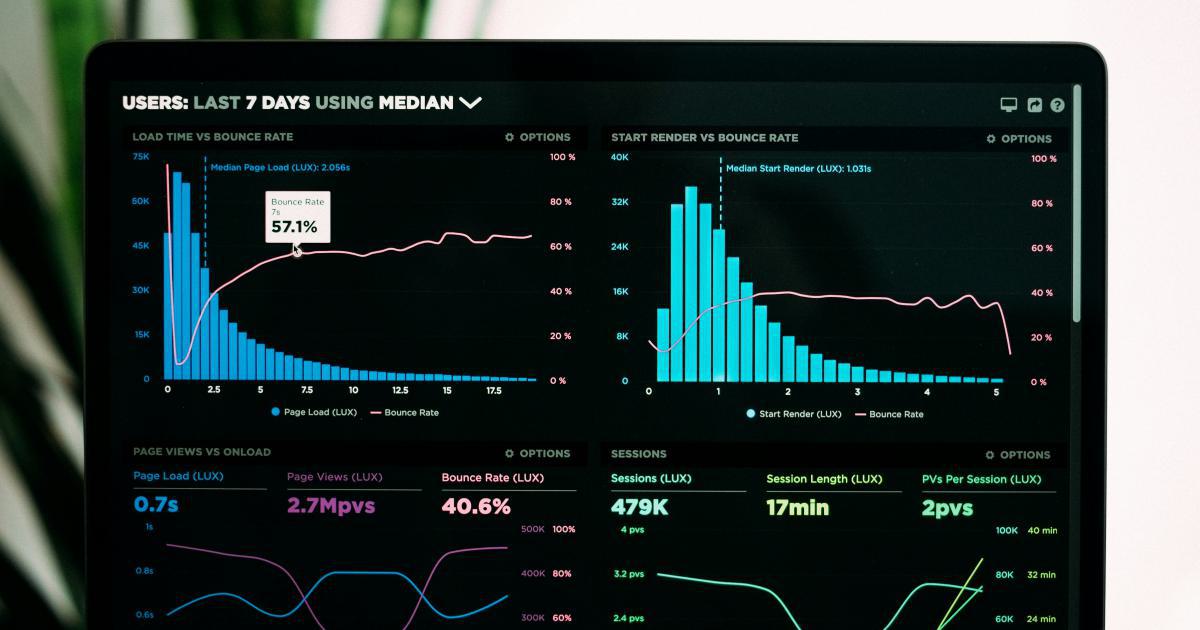Increase CTR with Persuasive Long-Tail Keywords


Unlock the Power of Persuasive Long-Tail Keywords
In the ever-evolving digital landscape, capturing the attention of your target audience is a critical component of success. As marketers, we constantly strive to find effective strategies to drive more clicks, engagements, and conversions. One powerful approach that often gets overlooked is the strategic use of persuasive long-tail keywords.

Long-tail keywords are the more specific, less competitive phrases that often reflect a user's precise search intent. By harnessing the persuasive power of these long-tail keywords, you can significantly enhance your click-through rates (CTR) and ultimately, your marketing success.
In this comprehensive article, we'll explore the art of crafting compelling long-tail keyword strategies that can take your campaigns to new heights. From understanding the psychology behind persuasive language to implementing practical techniques, we'll provide you with the insights and tools to dominate your search engine results and captivate your audience.
The Rise of Long-Tail Keywords
In the vast and ever-evolving world of search engine optimization (SEO), long-tail keywords have emerged as a game-changing strategy. These are the more specific, less competitive phrases that often reflect a user's precise search intent.

Unlike broad, generic keywords, long-tail keywords tend to have lower search volumes but higher conversion rates. They are the queries that users turn to when they have a specific need or question in mind, making them more likely to engage with the content or offerings that address their precise requirements.
The Benefits of Leveraging Long-Tail Keywords
Reduced Competition: With fewer competitors targeting long-tail keywords, you have a greater opportunity to rank higher in search engine results, leading to increased visibility and CTR.
Improved Relevance: By targeting long-tail keywords, you can create content and experiences that are highly relevant to your audience's specific needs, improving engagement and conversions.
Increased Conversion Rates: Long-tail keywords often indicate a more defined purchase intent, making users more likely to convert when they find the right solution.
Enhanced User Experience: Optimizing for long-tail keywords helps you better understand your target audience's search behavior and pain points, allowing you to deliver a more personalized and satisfying user experience.
The Psychology of Persuasive Long-Tail Keywords
Understanding the psychology behind effective long-tail keyword strategies is crucial for driving higher CTRs. When crafting persuasive long-tail keywords, consider the following principles:

Specificity: Long-tail keywords that are more specific and tailored to the user's intent are more likely to resonate and capture their attention.
Emotional Appeal: Incorporating emotive language and addressing the user's underlying desires can increase the persuasive power of your long-tail keywords.
Familiarity: Using familiar, conversational language that mirrors the way your target audience searches can make your long-tail keywords more relatable and trustworthy.
Problem-Solving: Crafting long-tail keywords that directly address the user's pain points or questions can position your content as the ultimate solution.
Uniqueness: Differentiating your long-tail keywords from the competition by highlighting unique features, benefits, or solutions can help you stand out in the search results.
Mastering the Art of Persuasive Long-Tail Keyword Research
Effective long-tail keyword research is the foundation for crafting compelling, persuasive phrases that can drive higher CTRs. Let's explore the key steps to uncover and optimize your long-tail keyword strategy.
Understand Your Audience's Search Behavior
Begin by diving deep into the search habits and pain points of your target audience. Leverage tools like Google Search Console, Google Trends, and keyword research platforms to identify the specific queries and phrases they use when searching for solutions related to your products or services.

Pay close attention to the long-tail keywords that are already driving traffic to your website, as these can provide valuable insights into your audience's intent and preferences.
Identify Relevant Long-Tail Keywords
Once you have a solid understanding of your audience's search behavior, it's time to start uncovering relevant long-tail keyword opportunities. Utilize keyword research tools like Google Keyword Planner, Ahrefs, or SEMrush to generate a comprehensive list of long-tail keywords that align with your business objectives.

When evaluating potential long-tail keywords, consider factors such as search volume, competition, relevance, and commercial intent. Prioritize the phrases that strike the perfect balance between high search intent and low competition, as these are the most likely to drive targeted traffic and conversions.
Optimize for Persuasive Intent
With your long-tail keyword list in hand, it's time to start crafting persuasive phrases that captivate your audience. Incorporate the psychological principles discussed earlier, such as specificity, emotional appeal, and problem-solving, to make your long-tail keywords more compelling and engaging.

For example, instead of a generic keyword like "online marketing services," you could try a more persuasive long-tail keyword like "increase online sales with proven digital marketing strategies." This not only reflects the user's specific intent but also taps into their desire for effective solutions.
Continuously Refine and Iterate
Effective long-tail keyword strategies are not set in stone. Regularly monitor the performance of your long-tail keywords, analyze user behavior, and iterate on your approach to ensure maximum impact. Be willing to experiment with different variations, test new phrases, and adapt to the evolving needs of your audience.

By continuously refining your long-tail keyword strategy, you can stay ahead of the curve and maintain a competitive edge in your industry.
Implementing Persuasive Long-Tail Keywords Across Your Marketing Channels
Now that you've mastered the art of crafting persuasive long-tail keywords, it's time to put them into practice across your various marketing channels. Let's explore how you can leverage these powerful phrases to drive higher CTRs and engagement.
Search Engine Optimization (SEO)
Integrating persuasive long-tail keywords into your SEO strategy is a powerful way to improve your visibility in search engine results and capture the attention of your target audience.

Begin by incorporating your long-tail keywords into your website's content, including page titles, meta descriptions, headings, and body text. Ensure that the usage of these keywords feels natural and adds value to the user experience, rather than appearing forced or spammy.
Additionally, optimize your long-tail keywords for voice search, as more and more users are turning to voice-activated devices to find information and solutions.
Pay-per-Click (PPC) Advertising
Leverage the persuasive power of long-tail keywords in your PPC advertising campaigns to create highly targeted and engaging ad copy. Craft ad headlines and descriptions that incorporate these specific, intent-driven phrases, making it easier for users to recognize the relevance and value of your offerings.

By using long-tail keywords in your PPC campaigns, you can increase the quality score of your ads, improve your ad rankings, and ultimately, drive higher CTRs and conversion rates.
Social Media Marketing
Integrating persuasive long-tail keywords into your social media posts, captions, and ad copy can help you cut through the noise and connect with your audience on a deeper level.

When crafting social media content, consider how you can incorporate long-tail keywords that address your audience's specific pain points, questions, or desires. This can help you create more personalized and engaging content that resonates with your followers and encourages higher levels of interaction and click-through.
Email Marketing
Persuasive long-tail keywords can also play a crucial role in your email marketing efforts, from subject lines to call-to-action (CTA) copy.

When composing email campaigns, experiment with long-tail keywords that highlight the unique benefits or solutions your products or services offer. By aligning your email content with your audience's precise needs and interests, you can increase the likelihood of your messages being opened, read, and acted upon.
Content Marketing
Infusing your content marketing initiatives with persuasive long-tail keywords is an excellent way to drive higher engagement and CTRs.

When creating blog posts, ebooks, whitepapers, or other content assets, incorporate long-tail keywords that align with your audience's search queries and purchasing intent. This not only helps your content rank higher in search results but also ensures that it resonates with your target readers, leading to increased click-throughs and conversions.
Measuring the Impact of Persuasive Long-Tail Keywords
Tracking the performance of your persuasive long-tail keyword strategy is essential for optimizing your marketing efforts and achieving sustainable success.

Leverage a variety of analytics tools and metrics to monitor the impact of your long-tail keyword usage across different channels. Key performance indicators to consider include:
- Click-Through Rate (CTR): Measure the percentage of users who click on your content or ads after encountering your long-tail keywords.
- Conversion Rate: Assess the percentage of users who take a desired action, such as making a purchase or filling out a lead form, after engaging with your long-tail keyword-optimized content.
- Organic Search Traffic: Track the amount of traffic driven to your website through organic search results featuring your persuasive long-tail keywords.
- Engagement Metrics: Monitor metrics like time on page, bounce rate, and social shares to gauge the level of engagement your long-tail keyword-optimized content is generating.
- Return on Investment (ROI): Evaluate the overall financial impact of your long-tail keyword strategy by tracking the revenue or leads generated in relation to the resources invested.
By continuously analyzing these metrics, you can identify which long-tail keywords are resonating with your audience, optimize your approach accordingly, and maximize the effectiveness of your marketing campaigns.
Conclusion: Unleash the Power of Persuasive Long-Tail Keywords
In the dynamic world of digital marketing, the strategic use of persuasive long-tail keywords can be a game-changer for driving higher CTRs and achieving your business goals.

By understanding the psychology behind effective long-tail keyword strategies, conducting thorough research, and implementing these powerful phrases across your marketing channels, you can captivate your target audience, stand out from the competition, and propel your campaigns to new heights of success.
Embrace the power of persuasive long-tail keywords, and unlock a world of possibilities for your business.
Are You Crushing It in Internet Marketing?
Struggling to boost your online visibility and traffic? Semrush is the ultimate platform for digital marketers like you. With powerful SEO tools and competitive data insights, you can optimize your website, content, and campaigns for maximum impact.
Join over 7 million marketers already using Semrush to outrank their competitors, drive more qualified leads, and grow their businesses online. Get started today with a 7-day free trial, and unlock the full potential of your internet marketing strategy.
Unlock the Power of SEO with Semrush
Are you struggling to boost your online visibility and drive more traffic to your website? Semrush has the solution.
Our comprehensive platform offers advanced keyword research, competitor analysis, and SEO audits, empowering you to optimize your content and outrank your competition.